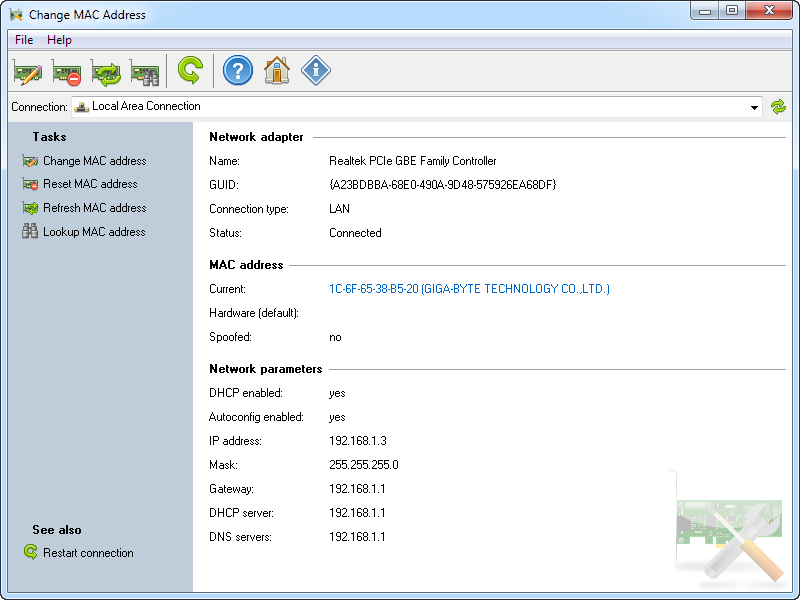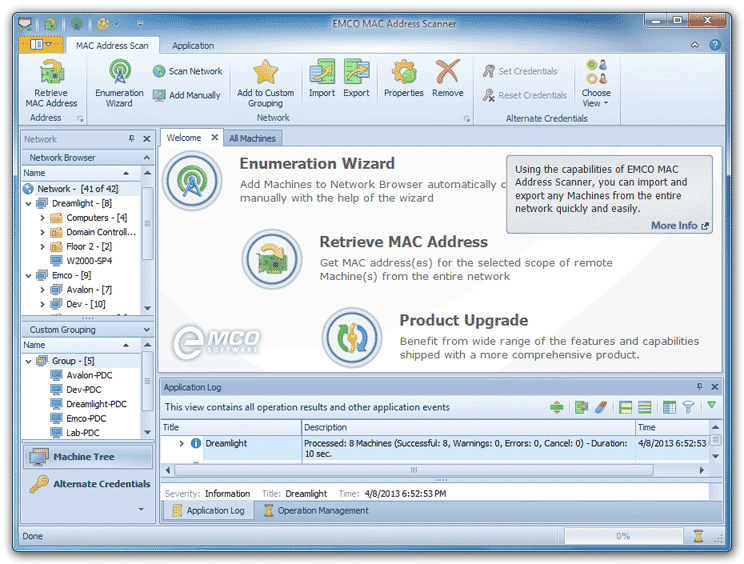

- #APPLE REMOTE DESKTOP SCANNER HOW TO#
- #APPLE REMOTE DESKTOP SCANNER FULL#
- #APPLE REMOTE DESKTOP SCANNER SOFTWARE#
- #APPLE REMOTE DESKTOP SCANNER SERIES#
- #APPLE REMOTE DESKTOP SCANNER TV#
Take Back Control of Your Macīy following the steps above, not only can you identify if someone is accessing your Mac remotely, but also you will be able to check for past activity and even harden your system to prevent future compromises. If you’re specifically looking for screensharing events, use the instructions above. In that log file, you can search for certain keywords. The system.log file in the Console utility is a good place to start.
#APPLE REMOTE DESKTOP SCANNER FULL#
If SSH is enabled, anyone with administrative credentials can remotely execute code that could lead to a full takeover of your Mac. Yes, Macs are not immune to remote hacking.
#APPLE REMOTE DESKTOP SCANNER HOW TO#
Now you know the indicators of remote access and how to harden your Mac to prevent unauthorized access in the future, but you might have a couple more questions. You can always manually turn these back if you need to allow temporary access to your Mac. Terminal will show any users logged in to your computer.ĭoing so will limit remote access to your Mac. From Launchpad, search for “Terminal” and click on the app to open it.Īt the prompt, type “who” (without the quotation marks) and press the return key. If Remote Login is enabled on your Mac, someone could be accessing your Mac using Secure Shell (SSH).Ī simple way to check is to run the “who” command from the macOS terminal. Verify that any peripheral input devices like your Magic Mouse or wireless keyboard or trackpad aren’t misbehaving, as these could cause some of the same symptoms. These and other strange or erratic behaviors could indicate someone is remote-controlling your Mac. Watch for Mouse Movement or Other Erratic GUI BehaviorĪre programs opening or closing all by themselves? Are you seeing keystrokes entered on your computer? You’ll only see the screen sharing icon if your screen locks while screen recording is in progress.

If you’re following along at home, you’ll notice a circle with a square stop button appears in the top right corner. The easiest way to start a screen recording session is by using the keyboard shortcut, shift + command + 5 and then clicking the “Record” button. Did you know screen recording is possible on macOS? It is. The second scenario occurs when recording your screen. But if someone did have access to your Mac, it’s unlikely he or she would have any motive to use AirPlay. Of course, if you did not initiate the screen mirroring session, then it is still possible someone remotely started AirPlay.
#APPLE REMOTE DESKTOP SCANNER TV#
When you do so by connecting to an Apple TV or other AirPlay-compatible device, macOS will show the Screen Sharing icon just like the OS does with ARD and remote screen sharing. The first is if you’re using AirPlay to wirelessly mirror your Mac’s screen. There are two instances when this icon does not mean someone is remotely monitoring your screen. If you see this icon, your Mac may be under surveillance. Screen sharing is another method for giving someone or another device access to your computer.īut when someone connects to your Mac using ARD or via screen sharing, macOS displays a screen sharing icon in the top right corner of your screen.
#APPLE REMOTE DESKTOP SCANNER SOFTWARE#
Look for The Apple Remote Desktop or Screen Sharing IconĪpple’s remote-control software called Apple Remote Desktop (ARD for short) allows teachers, IT professionals, or anyone with permission to monitor, manipulate, and even control other Macintosh computers. Nevertheless, webcam lights have been disabled before, and it’s not out of the realm of possibility that hackers could find a way to enable your camera while keeping the indicator LED dim.ĭon’t rely 100% on the LED, but if you notice it’s on and you aren’t running any programs accessing the camera, then someone else might be accessing it.

This is how you can tell if your camera is on.” “The camera is engineered so that it can’t activate without the camera indicator light also turning on.
#APPLE REMOTE DESKTOP SCANNER SERIES#
You’ve probably heard nightmarish stories of hackers enabling webcams without the owner’s knowledge and watching-or worse, recording-everything the camera can see.įortunately, Macs with built-in cameras like iMacs and MacBooks have an indicator light that turns green when your camera is in use.Īpple claims the cameras are wired in series with the camera, meaning that if the light were to shut off, the camera would also shut down. If you suspect someone might be remotely accessing your Mac while using it, there are a few telltale signs. How Do I Know If Someone Is Remotely Accessing My Mac?


 0 kommentar(er)
0 kommentar(er)
